What is Wildflower Honey?
Wildflower honey, also known as polyfloral honey, is produced by bees (typically Apis cerana, the Asian honeybee) collecting nectar from various flowering plants. Compared to monofloral honey (where one flower source constitutes over 80%), wildflower honey offers a more comprehensive nutritional profile, making it highly sought after by health-conscious consumers. Below, we explore its benefits, uses, and precautions.
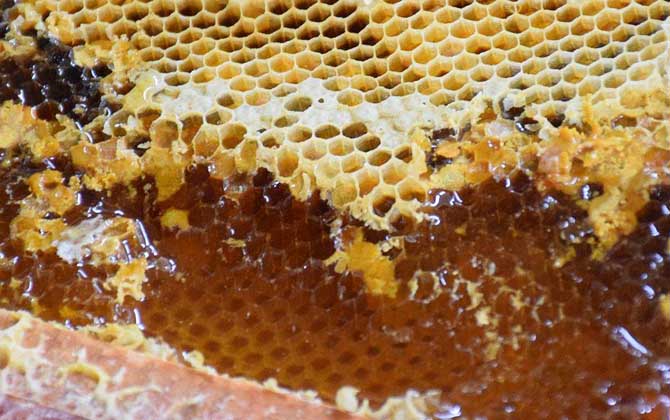
1. Nutritional Value
Wildflower honey is rich in diverse nutrients due to bees foraging on multiple floral sources. Key components include:
- Primary components: Glucose (30-40%) and fructose (35-45%)
- Secondary components: Trace amounts of sucrose, proteins, amino acids, enzymes (e.g., amylase, invertase), vitamins (B-complex, C), and minerals (calcium, iron, potassium)
- Unique feature: No two batches are identical, as composition varies with seasonal blooms and geographical regions.
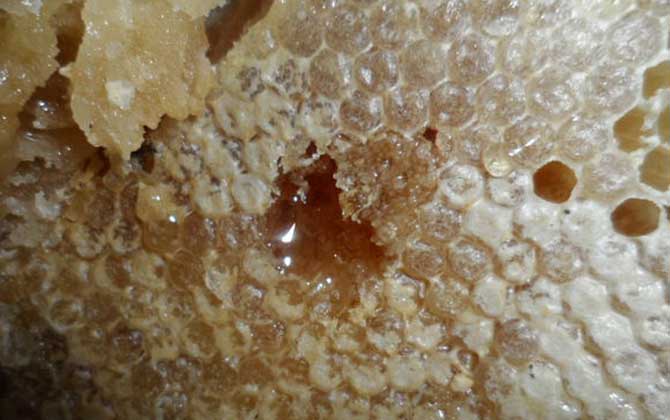
2. Health Benefits
2.1 Energy Booster
- Rapid absorption of natural sugars provides instant energy, ideal for athletes or fatigue relief.
- Contains co-enzymes that enhance metabolic efficiency.
2.2 Immune System Support
- Antioxidants (flavonoids, phenolic acids) combat free radicals, reducing oxidative stress.
- Prebiotics nourish gut microbiota, which governs 70% of immune function.
- Study highlight: A 2021 Journal of Apicultural Research paper noted 18% fewer seasonal illnesses in regular consumers.
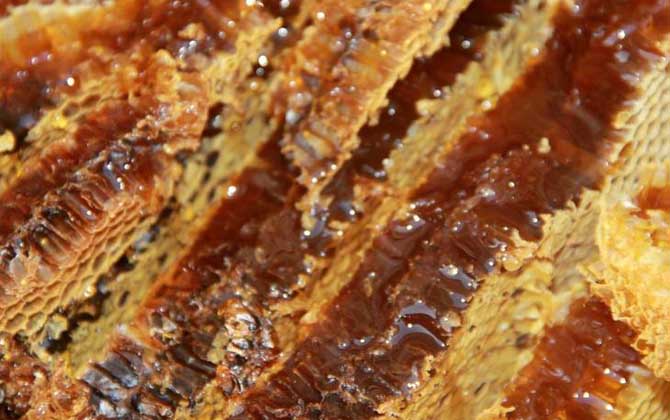
2.3 Digestive Health
- Enzymes like diastase aid starch digestion.
- Oligosaccharides act as prebiotics for beneficial gut bacteria.
- Recommended: 1 tbsp in warm water 30 mins before meals for constipation relief.
2.4 Anti-Aging Properties
- Stimulates melatonin production (up to 31% in a 2020 rodent study) for better sleep and cell repair.
- Royal jelly proteins (in raw variants) may boost collagen synthesis.

3. Antimicrobial Power
Lab tests show wildflower honey inhibits pathogens like:
- Staphylococcus aureus (MRSA)
- Escherichia coli
- Candida albicans
Mechanism: Synergy between hydrogen peroxide (from glucose oxidase), phenolic acids, and defensin-1 protein creates a broad-spectrum antimicrobial effect.
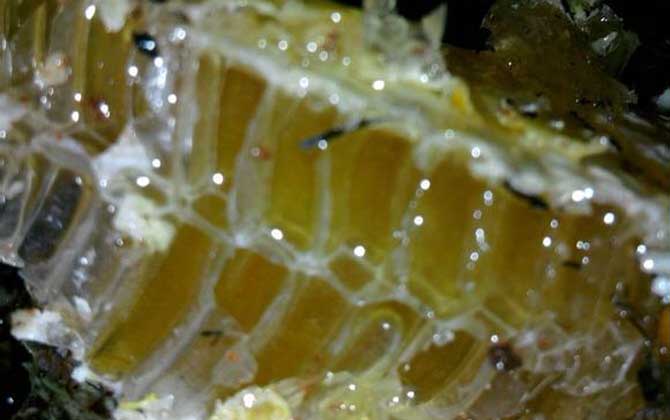
4. Usage Guide
4.1 Recommended Dosage
- Adults: 1-2 tbsp/day (20-40g)
- Children over 1: 1 tsp/day (avoid for infants due to botulism risk)
4.2 Preparation Methods
| Method | Instructions |
|---|---|
| Honey Water | Mix 1 tbsp in 200ml warm water (≤40°C). Add lemon for detox. |
| Face Mask | Combine with oatmeal for antibacterial skincare. |
| Culinary Use | Replace sugar in baking (use ¾ honey for 1 cup sugar). |
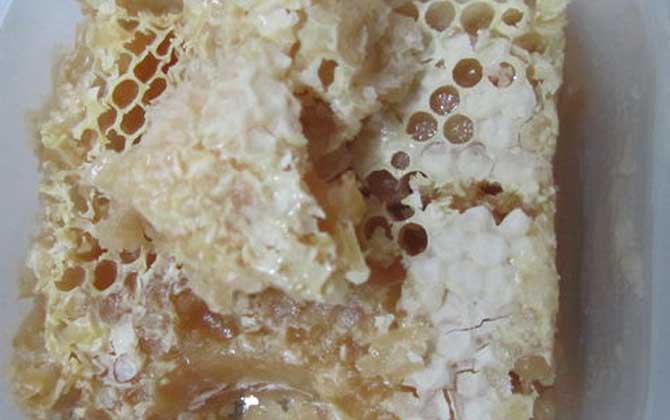
5. Precautions
- 🛑 Diabetics: Monitor blood glucose; consult doctors due to 38-55% fructose content.
- 🛑 Allergies: Test a dab on skin first; rare cases of pollen allergies reported.
- 🛑 Storage: Keep in glass jars at 10-20°C; crystallization is natural (warm to liquefy).
6. Market Insights
- Price range: $15-$50/lb, depending on floral diversity and harvesting methods.
- Authenticity test: Drop on paper – pure honey stays intact; adulterated forms seep through.
Summary:
Wildflower honey, often termed “multi-floral” or “forest honey,” outperforms regular honeys nutritionally but costs 2-3x more. Its complex phytochemical matrix makes it a functional food rather than just a sweetener. Always choose raw, unfiltered versions to preserve enzymes and antioxidants.